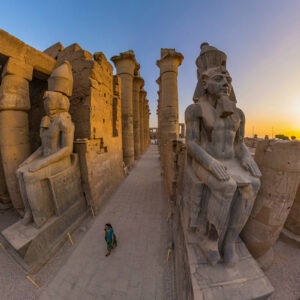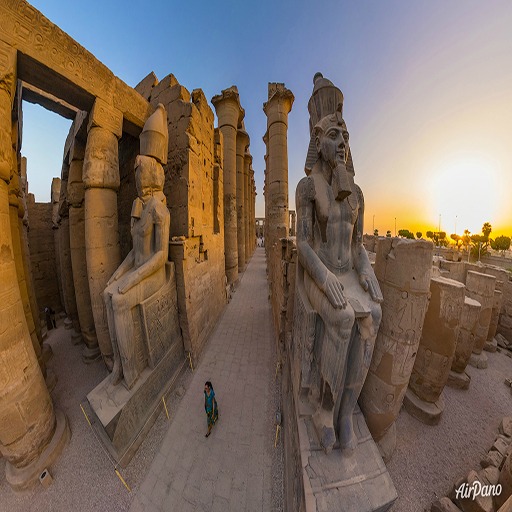King Amenhotep III
King Amenhotep III is considered one of the greatest rulers of Egypt in history, as he ruled Egypt in… The period between (1391 BC – 1353 BC) or (1388 BC – 1391 BC), and King Amenhotep III was the ninth pharaoh of the Eighteenth Dynasty. His personal name is Amunhotep Haqqawast Amun-Rada, “ruler of Thebes”, and sometimes the name of King Amenhotep III or Amenophis III is written. He is King Amenhotep III, the son of King Thutmose IV and Queen Mutemweya. King Amenhotep III married Queen Teti in the second year of his reign, and she did not have royal origins. But her father held high-ranking positions in the state.
His wife, Tiye, gave birth to him, his successor, King Amenhotep IV, who believed in one God as the giver of life and his counterpart in the sun (Aton). King Amenhotep III married many wives, including diplomatic marriages to foreign princesses, such as Princess Glucheba, daughter of the king of Metn (in… (Iraq Today) He also married the Princess of Two Rivers and his sister Isis, and after that he married another sister of his called “Set Amun.” King Amenhotep III had six children, including four daughters and two sons. The two sons were Thutmose, who was the eldest son and died during his lifetime, and Amenhotep IV. Amenhotep IV shared the throne with his father, King Amenhotep III, and he was the one who ended the worship of Amun and was nicknamed (Akhenaten).
The reign of King Amenhotep III:
At the beginning of his reign, King Amenhotep III was interested in sports, especially hunting and hunting, as King Amenhotep III was a great hunter. A scarab was found for him, in which it was recorded that he captured a hundred wild bulls on a royal hunting trip. He was also interested in military operations, as King Amenhotep III faced some battles. In the country of Kush (Nubia), but the fighting was taking place with a small number of rebels, and he defeated them and expanded his kingdom until he reached the Fourth Cataract. Another revolution took place in his country, “Abhat,” and Nubia had self-administration under the supervision of the royal son of Kush, so King Amenhotep III sent His deputy and the king’s son were suppressed and did not participate in it, and thus the rule of King Amenhotep III was characterized by stability and prosperity.
Monuments built by King Amenhotep III:
Amenhotep III built a temple in Thebes, but it was completely destroyed after that. A temple was built for the god Montu, the god of war, who was the lord of the Thebes region. Then he was replaced by the god Amun in Karnak, where King Amenhotep III contributed to building the third edifice of the main temple in Karnak, where the king was. Amenhotep III is loyal to the god Ra.
He built the Karnak Temple for him, and one of the greatest works of King Amenhotep III was the construction of the funerary temple, as traces of him were found in the Delta, Tura, Banha, Memphis, Giza, Cape Arment, and Sinai. King Amenhotep III also has two seated statues known as the Colossi of Memnon In Western Thebes.
The two statues were each carved from a single piece of red sandstone, and reached a height of 15 meters without the base. They were erected by the engineer Amenhotep Ibn Habu, and they decorated the façade of the funerary temple, which was completely destroyed. They now stand next to the road leading to royal tombs and temples. The reason for the fame of the two statues is that when they happened An earthquake in the Thebes region in the year 27 BC caused the northern statue to split into two halves at its waist, and this resulted in the issuance of sound vibrations that the stone sent through sudden changes in humidity and temperature at dawn. From here arose the legend that the statue emits sounds of lamentation for the mother of the Ethiopian hero. Memnon, who fell in the field of Troy and from whom the name of the two statues was taken.
King Amenhotep III death:
King Amenhotep III died at the age of fifty after ruling the country for 38 years. Perhaps the cause of King Amenhotep III’s death was due to an unknown illness. The tomb that King Amenhotep III prepared for himself was discovered in 1799. It is tomb No. 22 in the Valley of the Kings and was discovered by Goloh. And Defilia, which was found empty and its walls demolished due to weather factors such as pressure and temperature. The mummy of King Amenhotep III was not inside the tomb, as it was hidden by priests and was discovered in 1881 near Deir el-Bahari.
Egypt Tours to The Monuments Built by King Amenhotep III
-
From $1440 🎗 10% OFFAswan, Cairo, Egypt, Luxor

 Sale! Add to cart
7 Days Deluxe Nile cruise + Domestic Flights
Sale! Add to cart
7 Days Deluxe Nile cruise + Domestic Flights7 Days Tour To Egypt with Cairo, Aswan, Luxor, and Nile Cruise
Rated 5.00 out of 5Nile Cruise$2,000.00$1,600.007-Days Tour To Egypt with Cairo, Aswan, Luxor, and Nile Cruise Egypt Cruis Era provides you with a 7 days tour to Egypt that covers the essentials of Cairo, Aswan, Luxo -
From $1530 🎗 10% OFFAbu Simbel, Aswan, Cairo, Egypt, Luxor

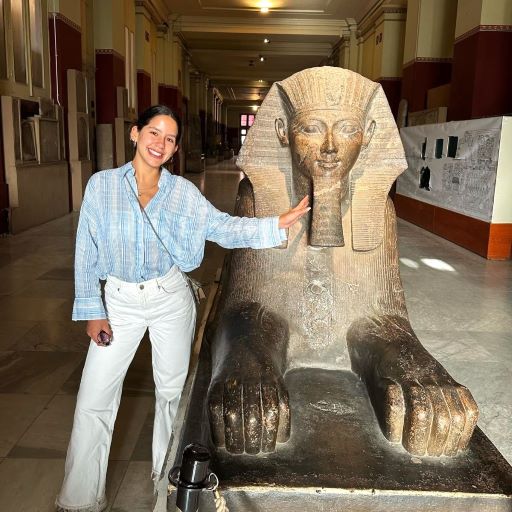 Sale! Add to cart
8 Days Deluxe Nile cruise + Domestic Flights
Sale! Add to cart
8 Days Deluxe Nile cruise + Domestic Flights8 Days Egypt Tour Package with Cairo and Nile Cruise
Rated 5.00 out of 5Nile Cruise$2,000.00$1,700.008 Days Egypt Tour Package with Cairo and Nile Cruise Our 8 Days Egypt Tour Package with Cairo and Nile Cruise is your opportunity to Enjoy the best Egypt tours Staying in -
8 Day Egypt Luxury Tours and Luxury Nile Cruise Package
Rated 5.00 out of 5Egypt Tour Packages$3,500.00$2,800.00Why you’ll love this trip: Experience the mysteries and treasures of Egypt in a Luxury way. Embark on a leisurely paced 4-night Luxury cruise on the Nile, the -
Why you’ll love this trip: Very concentrated tour. only 5 hours and you will discover most of the attractions of the West Bank Very comfortable – Pickup a
-
From $768 🎗 0% OFFAswan, Cairo, Luxor

 Sale! Add to cart
4 Days Deluxe Nile cruise + Domestic FlightsWhy you’ll love this trip: Sail along River Nile over 4 days from Cairo Explore and relax on 4 days’ trip to cover the sights in Luxor, Aswan, Edfu and Ko
Sale! Add to cart
4 Days Deluxe Nile cruise + Domestic FlightsWhy you’ll love this trip: Sail along River Nile over 4 days from Cairo Explore and relax on 4 days’ trip to cover the sights in Luxor, Aswan, Edfu and Ko -
From $690 🎗 0% OFFAlexandria, Cairo, Luxor
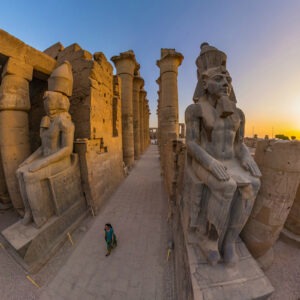
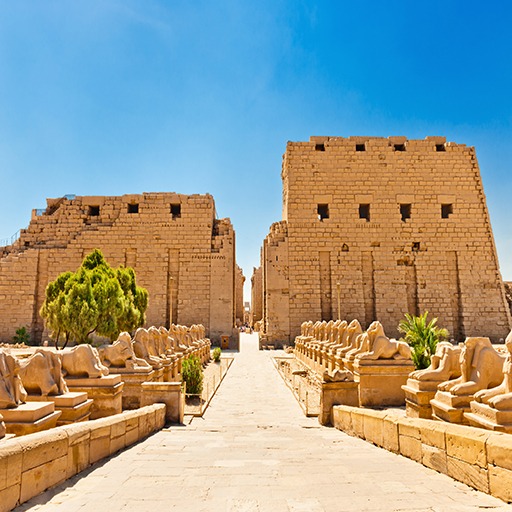 Sale! Add to cart
6 Days Deluxe Nile cruise + Domestic Flights
Sale! Add to cart
6 Days Deluxe Nile cruise + Domestic Flights6 Days Cairo, Alexandria & Luxor Honeymoon Tour
Rated 5.00 out of 5Egypt Tour Packages$3,500.00$2,800.00What to bring with you? A trip to Egypt takes you to a mystical destination where you can di



